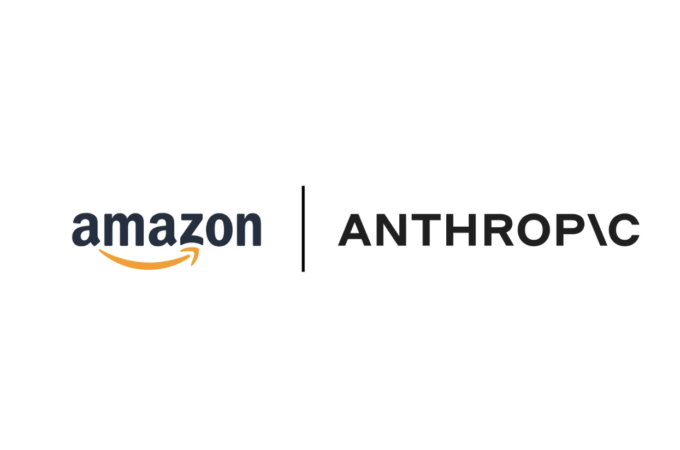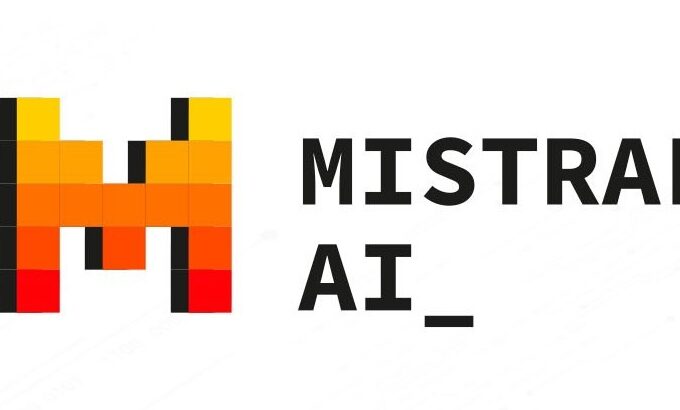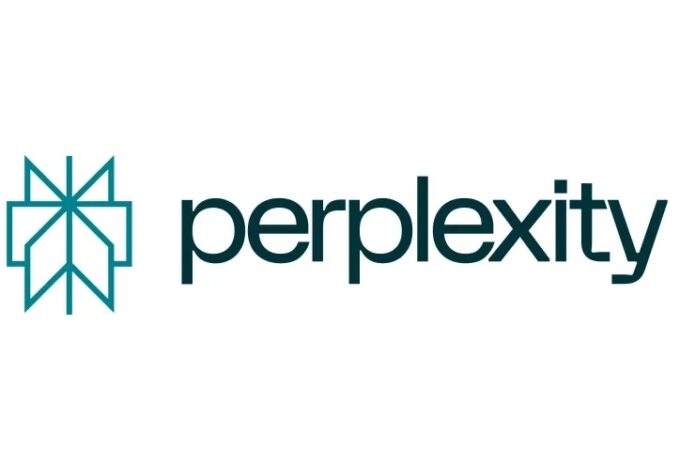
Anthropic Unveils Claude 3.5 Sonnet
In a significant leap forward in the AI landscape, Anthropic has introduced its latest model, Claude 3.5 Sonnet. Positioned to outshine competitors like OpenAI’s GPT-4o and Google’s Gemini, Claude 3.5 Sonnet is set to redefine AI’s role in enterprise applications.
Claude 3.5 Sonnet builds on the success of its predecessors, offering twice the speed of the previous Claude 3 Opus model while maintaining competitive pricing. This model is accessible for free on Claude.ai and the Claude iOS app, with enhanced rate limits for Claude Pro and Team plan subscribers. Developers can integrate Claude 3.5 Sonnet via Anthropic’s API, Amazon Bedrock, and Google Cloud’s Vertex AI.
Benchmark Performance and Capabilities
Claude 3.5 Sonnet has demonstrated its prowess across various benchmarks. It excels in graduate-level reasoning (GPQA), undergraduate-level knowledge (MMLU), and coding proficiency (HumanEval), outperforming Claude 3 Opus and other leading models like GPT-4o and Gemini 1.5 Pro. Specifically, Claude 3.5 Sonnet solved 64% of coding problems in an internal agentic coding evaluation, significantly surpassing the 38% solved by Claude 3 Opus.
The model’s capabilities extend beyond textual and coding tasks. It shows remarkable improvements in visual reasoning, accurately interpreting charts and graphs, and transcribing text from imperfect images. These features make it exceptionally suited for applications in retail, logistics, and financial services, where visual data often provides crucial insights.
Introducing Artifacts: A New Collaborative Tool
Alongside Claude 3.5 Sonnet, Anthropic has launched a new feature called Artifacts. This innovative tool enhances user interaction with AI-generated content. Artifacts allows users to generate, edit, and build upon Claude’s creations in real-time within a dedicated workspace. This functionality is particularly beneficial for collaborative projects in code development, legal contract drafting, business report writing, and more.
Artifacts signifies Anthropic’s vision of transforming Claude from a conversational AI into a comprehensive collaborative work environment. Future enhancements will further support team collaboration, enabling organizations to centralize their knowledge, documents, and ongoing work in one shared space with Claude as an integral component.
Commitment to Safety and Privacy
Anthropic emphasizes safety and privacy in its AI developments. Claude 3.5 Sonnet has undergone rigorous testing to minimize misuse, maintaining an ASL-2 safety level despite its enhanced intelligence. External experts, including the UK Artificial Intelligence Safety Institute (UK AISI) and US AI Safety Institute (US AISI), have assessed the model’s safety mechanisms. Additionally, feedback from organizations like Thorn has informed updates to classifiers and fine-tuning processes to enhance child safety.
Privacy remains a core principle for Anthropic. The company does not use customer-submitted data to train its models without explicit permission, ensuring user data remains protected.
Strategic Focus on Enterprise Market
Anthropic’s strategic focus on the enterprise market sets it apart from consumer-oriented competitors like OpenAI. Claude 3.5 Sonnet is designed to meet the specific needs of businesses, prioritizing quality, safety, reliability, speed, and cost. This focus is reflected in its competitive pricing, making it an attractive option for enterprises looking for cost-effective AI solutions.
Daniela Amodei, co-founder of Anthropic, highlights the model’s exceptional performance on intelligence and capability metrics. Claude 3.5 Sonnet leads in six out of seven standard metrics and tops four out of five vision benchmarks. This emphasis on enterprise functionality and affordability positions Claude 3.5 Sonnet as a powerful tool for businesses seeking to leverage advanced AI capabilities.
The Path Ahead
Anthropic is committed to continuous innovation, with plans to release more models in the Claude 3.5 family, including Claude 3.5 Haiku and Claude 3.5 Opus. Future developments will introduce new features and integrations with enterprise applications, enhancing the model’s utility across various business domains.




